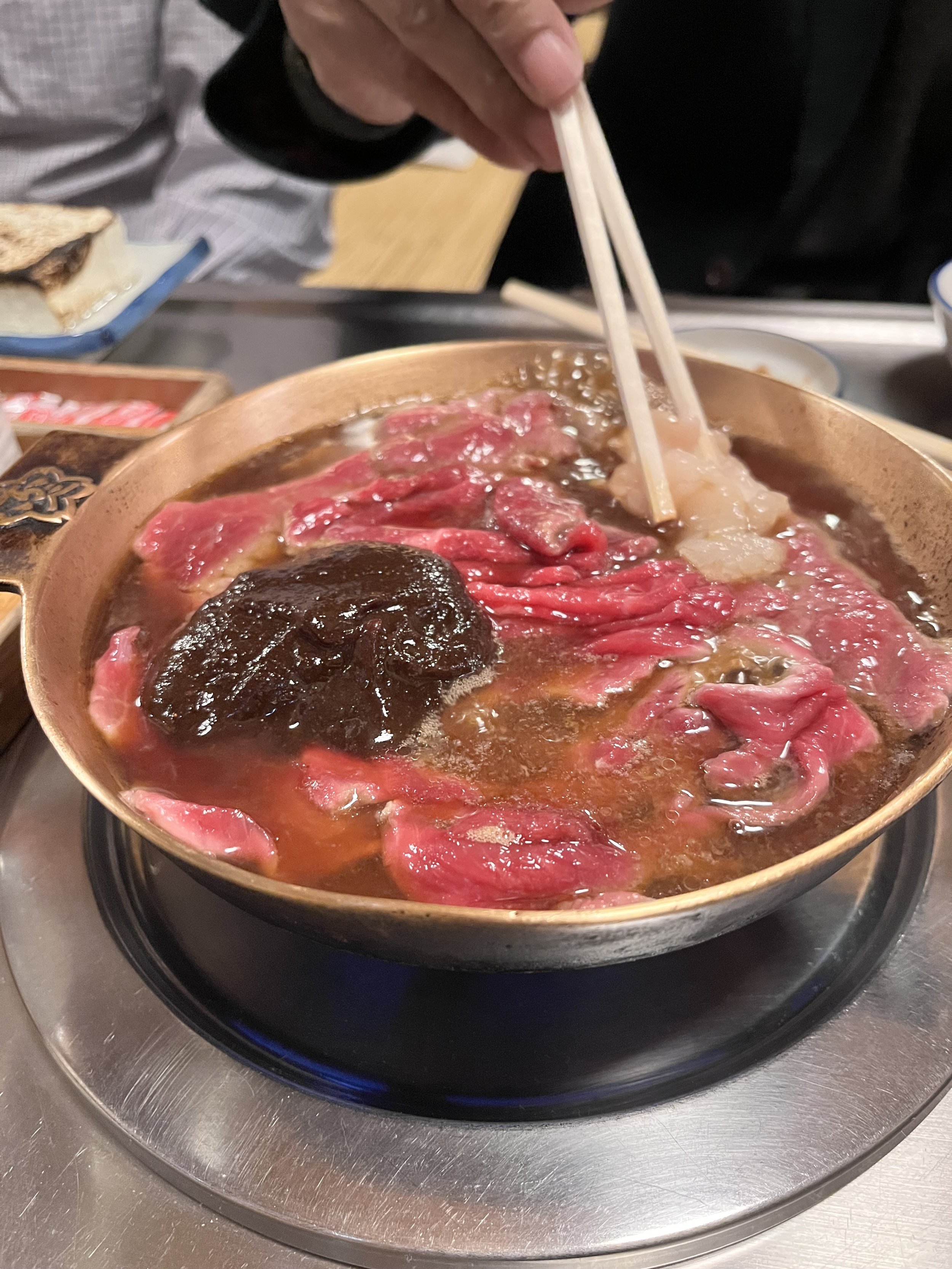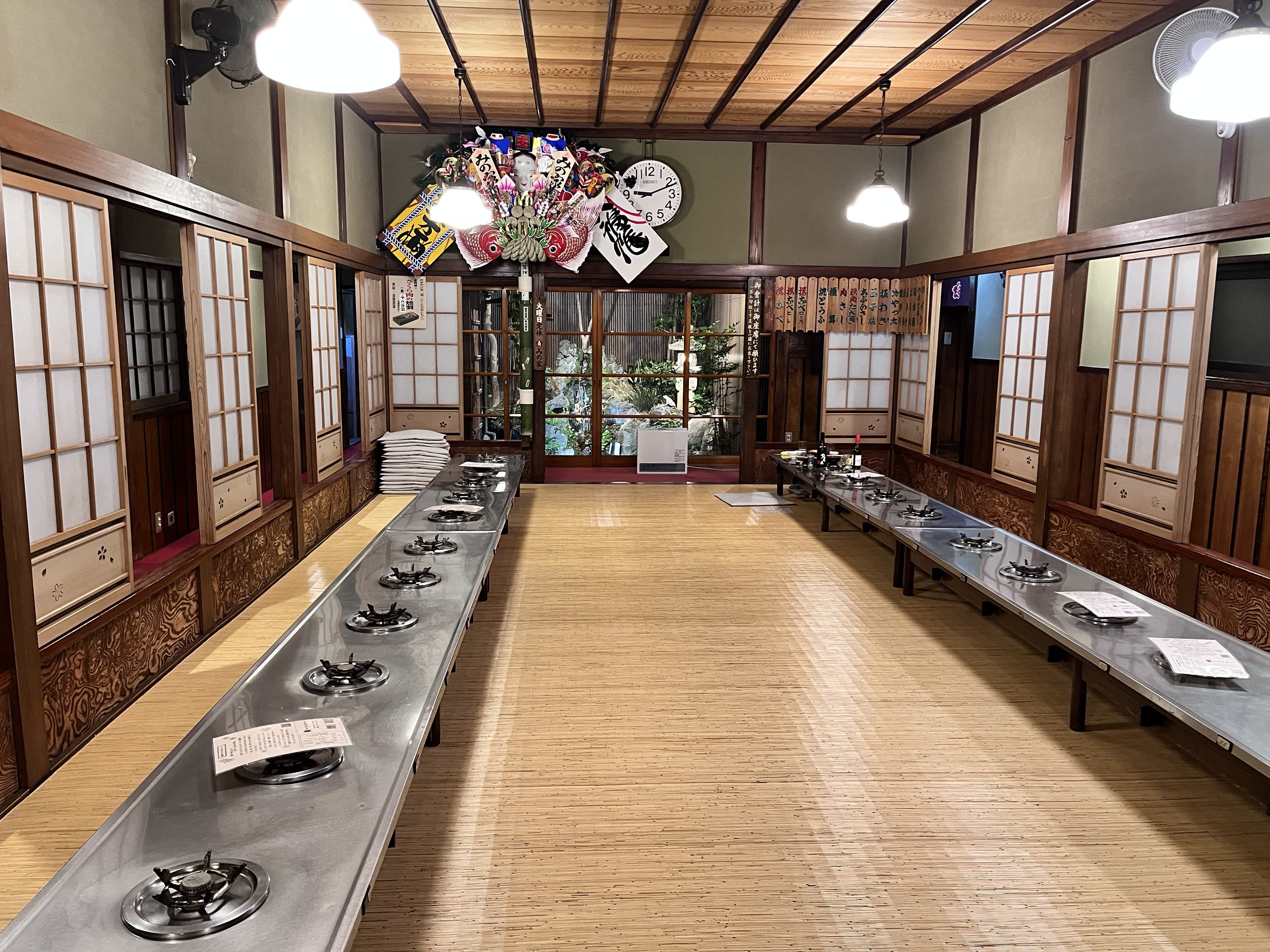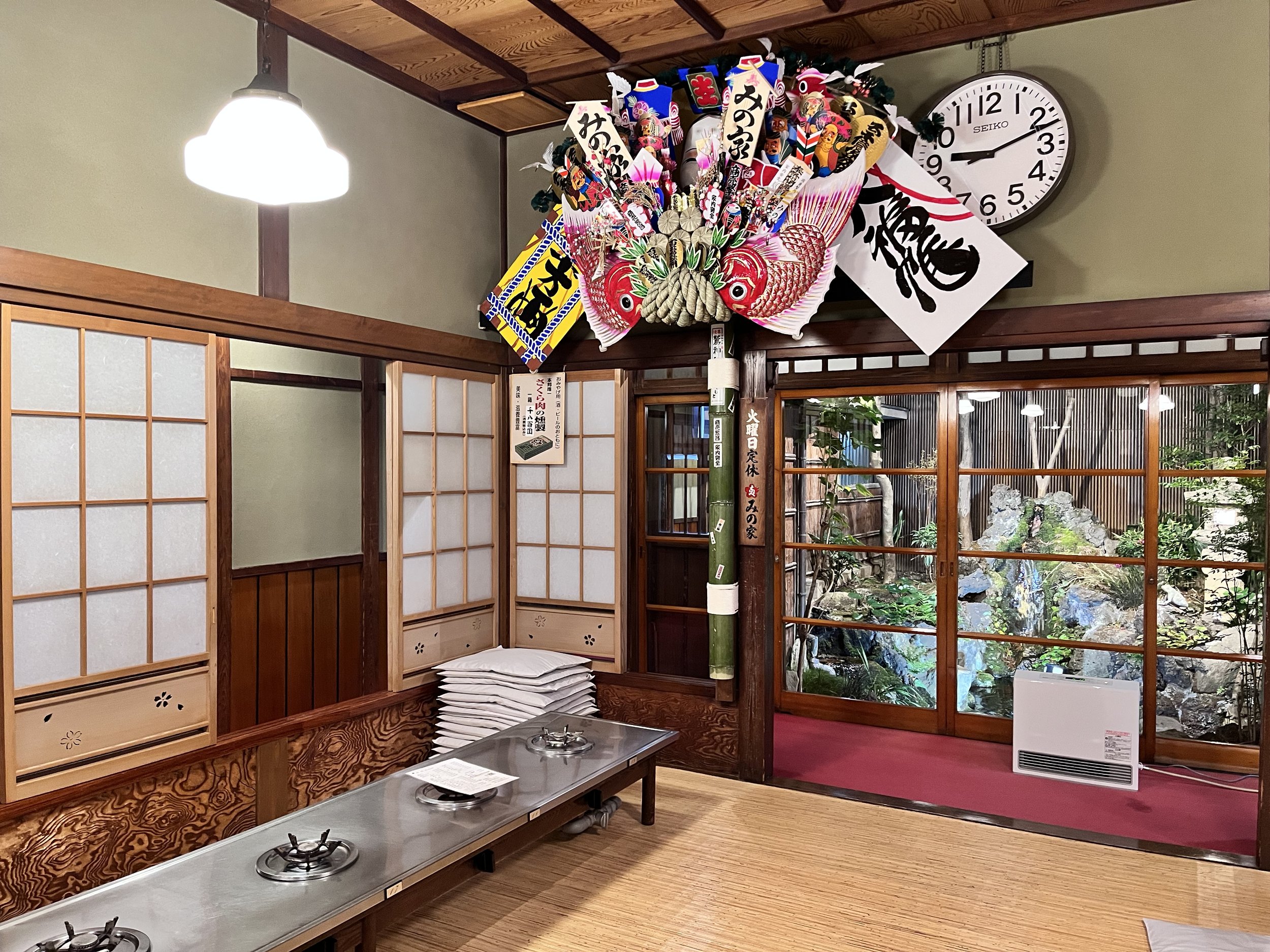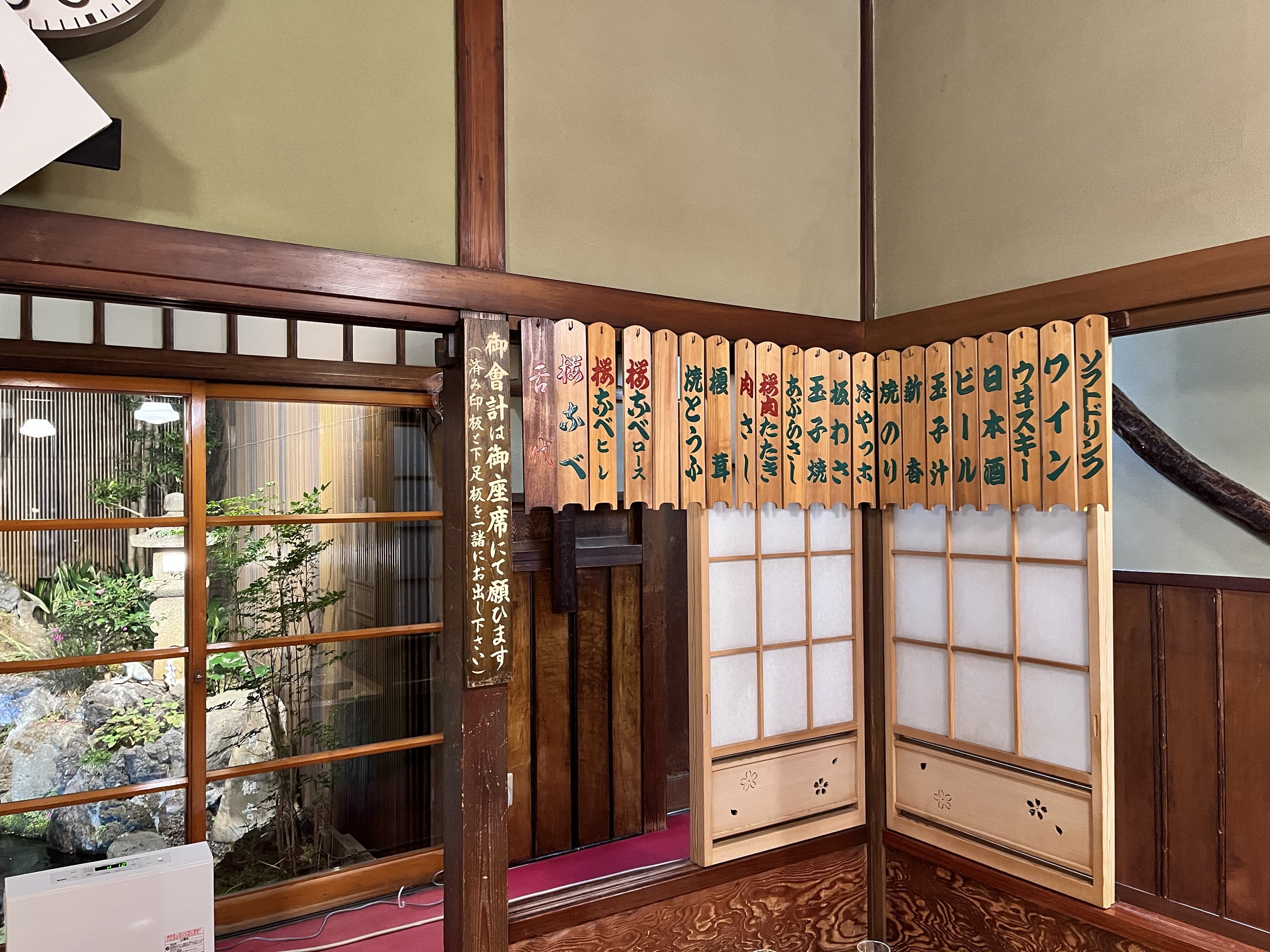Savoring Sakura Nabe at a Historic Restaurant Founded in 1897
In a quiet corner of Tokyo, a traditional restaurant founded in Meiji 30 (1897) continues to welcome diners with a taste of Japan's enduring culinary heritage. Here, among wooden beams and tatami rooms, you can enjoy one of the most unique and historic dishes Japan has to offer: sakura nabe, or horse meat hot pot.
Why Is It Called “Sakura”?
The name "sakura" (cherry blossom) may surprise first-time diners expecting a floral dish. In fact, it is a poetic euphemism for horse meat. The term was born out of necessity during a time when eating meat was culturally and religiously discouraged.
For centuries, under the influence of Buddhist teachings, consuming four-legged animals was frowned upon in Japan. As a result, people turned to coded language—beautiful seasonal imagery that softened the act of eating taboo meats.
Horse meat became known as "sakura", for its pink color and association with renewal and delicacy.
Wild boar was called "botan" (peony), its layered meat resembling the folds of the flower.
Deer was referred to as "momiji" (maple leaf), evoking the deep red of autumn foliage.
These names allowed people to quietly enjoy forbidden flavors while maintaining appearances. Over time, they became part of culinary tradition, and remain in use to this day—especially in dishes like sakura nabe.
The Dish Itself: Sakura Nabe
Sakura nabe is a hot pot featuring thin slices of tender horse meat simmered in a soy-based broth, often enriched with miso. Seasonal vegetables, tofu, and konjac are added to balance the dish, creating a warm and earthy flavor profile that is perfect for winter.
Far from being exotic or overpowering, horse meat is clean-tasting, lean, and subtly sweet. It pairs beautifully with sake and is appreciated both for its flavor and nutritional value.



Dining in History
The restaurant itself feels like a portal to the past. With more than 125 years of history, it has hosted generations of guests seeking something beyond the ordinary. Dining here is more than just a meal—it is an invitation to experience a piece of Japan’s cultural and culinary evolution.




Why It’s Worth Trying
Sakura nabe is not just a dish, but a story—of religious beliefs, creative adaptation, and the quiet persistence of tradition. For travelers looking to explore authentic Japan, it offers a flavor that is both historical and heartfelt.
If you're ready to go beyond sushi and tempura, this is your chance to experience a dish that blooms from Japan's complex past and continues to warm hearts today.

